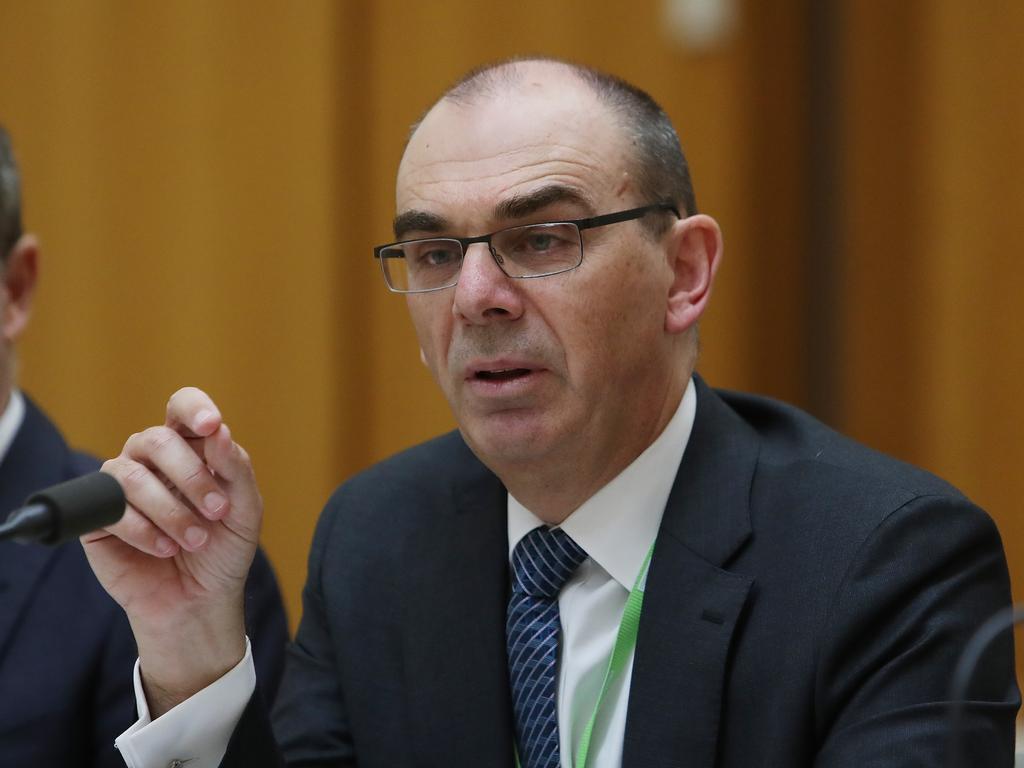
But it should not have been necessary - APRA should have curbed the housing boom well before the overall annual Australian dwelling price rise exceeded 18 per cent, an increase rate not seen since 1989.
And just as in 1989, we are looking to act when global markets, led by the US, are warning that the party may be over, with the US 10-year bond rate rising rapidly on the back of high inflation rates caused by supply chain problems, energy price hikes and skills shortages. In addition, the Federal Reserve is planning to reduce its bond-buying.
Shares are falling in response.
And a quick look at the history books should have alerted APRA as to what might happen if such a big rise in property prices was allowed to take place. The year after the 1989 residential property price jump saw a dramatic decline in property prices. I remember 1989 like yesterday. With the bank hosing me with money, I bought an investment property at the 1989 peak to maintain a family view and then watched interest rates skyrocket and the short-term value slump.
And it’s ironic that just as the summit was considering what to do next, given APRA’s failure to act earlier, those overseas rumblings were gathering intensity on Wall Street. The plan is to restrict high-debt home loans to reduce the risks from higher interest rates that might flow into the system from overseas.
The International Monetary Fund, the Commonwealth Bank and ANZ are endorsing such a move.
Sadly it’s too late - the horse has bolted - and given the frenzy in the residential market and the Covid-induced supply shortages it might even accelerate short-term buying.
National Australia Bank is actually urging APRA and the government to take it easy on extra lending restrictions because housing supply has been bottled up by Covid. There may be a big increase coming which is likely to stabilise the market.
Given the poor internal credit limit systems of some of our banks we will probably introduce the measures but not only are they too late but they do not address the main problem.
In the words of former NAB CEO, Don Argus, banks have allowed themselves to become to be little more than building societies. In times gone by banks lending to business was at much higher levels and the “bank manager” had a very clear idea of which businesses to support and which businesses were better left alone. Much of that skill has been lost, although NAB and the CBA are seeking to restore some of their former business skills base.

Australia is facing the need for enormous investment in businesses and enterprises as we seek to decarbonise our nation. The whole exercise is going to require not only substantial equity investment but increased business bank lending.
Most of our banks have been sucked into the opiate of the high returns on capital that come from house lending so the giant Commonwealth Bank has only around 20 per cent of its assets in business loans and Westpac is down to 17 per cent. These are very low levels for a country that is in on the brink of requiring of substantial business investment.
There are good reasons why most banks have relegated their business lending to a relatively minor part of their operations. APRA sets the capital rules so that far more capital is required for business loans than housing loans. APRA would respond that it is following overseas standards and that business loans are inherently more risky than housing loans so require more capital.
But the simple fact is that by skewing the capital ratios towards home lending, for the banks to achieve the profit targets set by institutions they must drive lending towards the housing market.
The banking royal commission tried to stem the tide but the return on capital enticements of housing were too great. The banks and Australian society are now vulnerable if global inflation and higher interest rates gather momentum.
There are some bank capital changes in the APRA pipeline but they need to be adjusted for the new era of decarbonisation investment and their introduction speeded up so that on a return on capital basis housing becomes less attractive for banks to lend and business is more attractive. Australia can stand on its own feet and tell the international capital setters that the move is part of our response to climate.
We need to be careful not to act too rapidly given the overseas interest rate rumblings. If there is a 1990 style fall in dwelling prices then banks will slash all lending, given they are over-exposed to the housing market.
On Wall Street markets are watching the high inflation rates but the general consensus is that inflation is being boosted by temporary forces including delays in the supply chains party caused by the lack of containers. But at the same time we are seeing energy prices advance, which will be much harder reverse.
In combination with the prospect of lower Federal Reserve bond buying, that’s why the US 10-year bond rate, which is the bellwether for global interest rates, has risen from the 1.3 per cent level at the end of August to touch 1.56 per cent.
On its own that rate increase is not significant but if it were to continue it would change interest rates momentum around the world, including in Australia.








Treasurer Josh Frydenberg was right in calling a housing price summit of the banking regulators led by the Australian Prudential Regulation Authority.